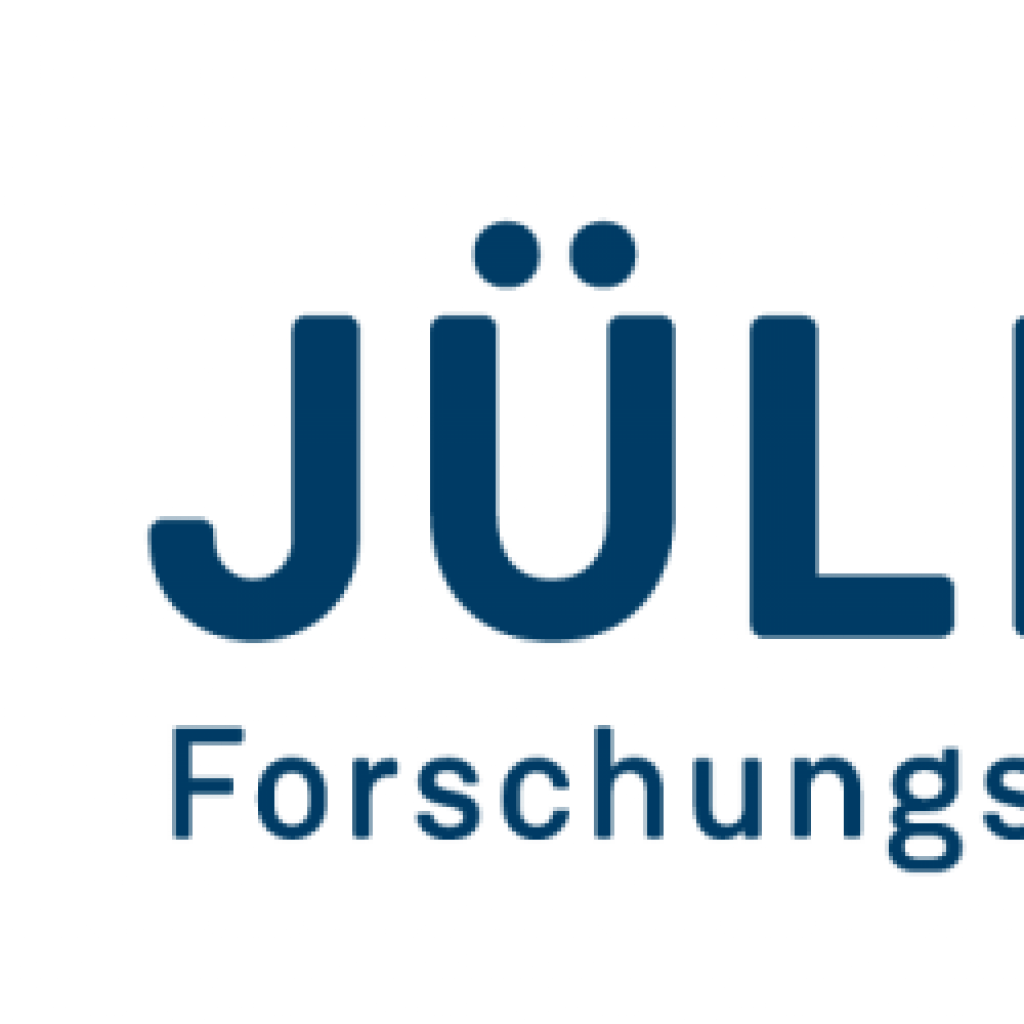(HPCWire) Creating perfect entanglement – a basic prerequisite for the success of quantum computers – requires full control over all qubit-qubit interactions. Until now, this goal has been hindered by the presence of an always-on and fundamental parasitic interaction that disturbs entanglement. Now, researchers at Forschungszentrum Jülich and RWTH Aachen University in collaboration with IBM T.J. Watson Research Center and Syracuse University both in the USA, have developed a theory-motivated idea and successfully implemented it to eliminate these interactions between two qubits. Their work results in a better understanding of the physics behind the error which also allows more precise entanglement to be engineered, as well as the unentanglement of two qubits.
Imagine a computer processor with no interaction between bits. Such a device could not compute anything because it cannot process AND and OR logical operations needed to add and multiply numbers. A quantum computing processor is no exception. Quantum bits need to interact with one another to create entanglement, however they also need as much isolation from the environment as possible in order to be stable.
Notable quantum processors have so far been made using superconducting circuits. On such circuits, qubits can interact with one another via shared couplers. Responding to the request for entanglement between two qubits, a two-qubit gate operation is activated to let them interact in a controllable way. However, up to now there has been a problem: desired entanglements could not be made with more than 99% accuracy. Such an imperfection is an insurmountable barrier to the ambition of scaling up the number of qubits in quantum processors. A relatively small computation that requires a series of two-qubit gates accumulates the error in every step, and eventually fails.
Experiments had shown that one of the main elements in the error is a fundamental parasitic interaction that is always-on. The theoretical research group of Dr. Mohammad Ansari at the Peter Grünberg Institute at Forschungszentrum Jülich and RWTH Aachen University in Germany, in collaboration with researchers at IBM T.J. Watson Research Center and the group of Prof. Britton Plourde at Syracuse University in the USA, have now developed a theory-motivated idea and implemented it to eliminate parasitic interactions between two qubits.
Liberating Quantum Processors from Parasitic Interactions
